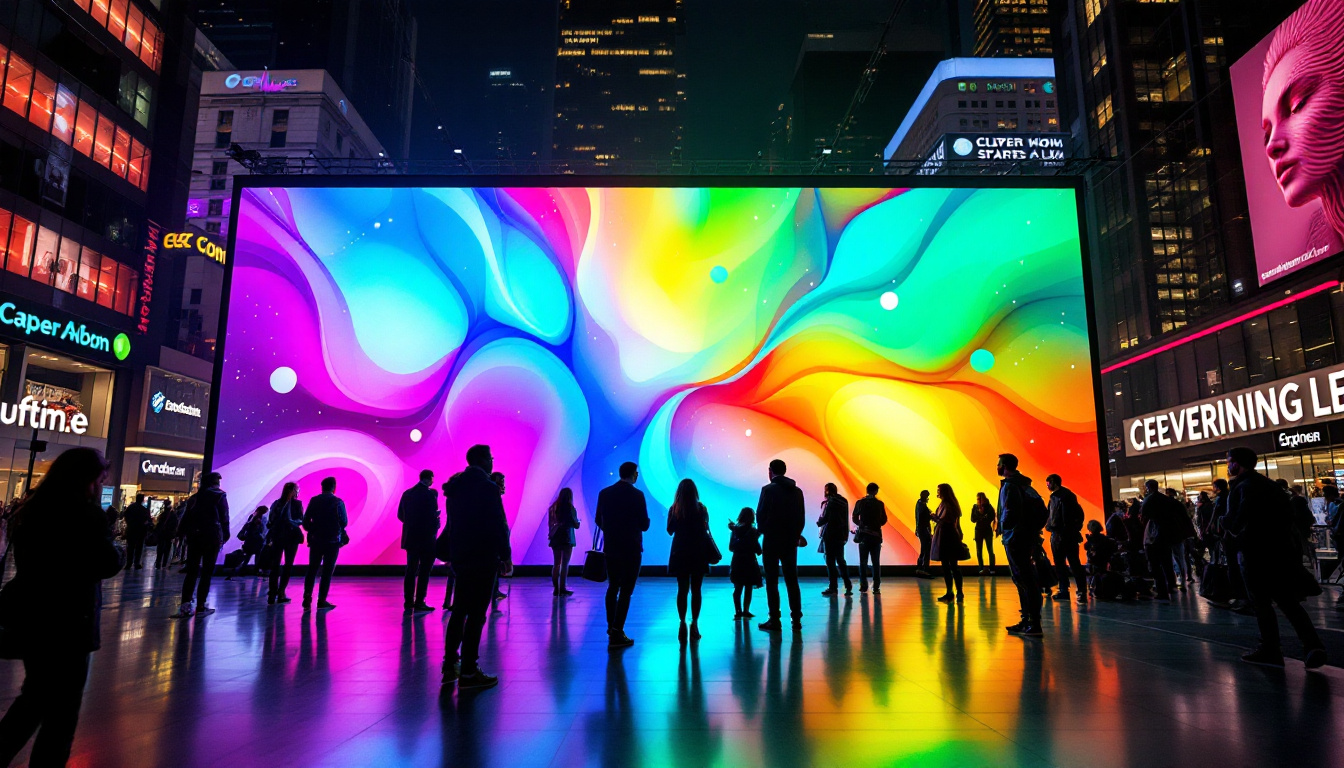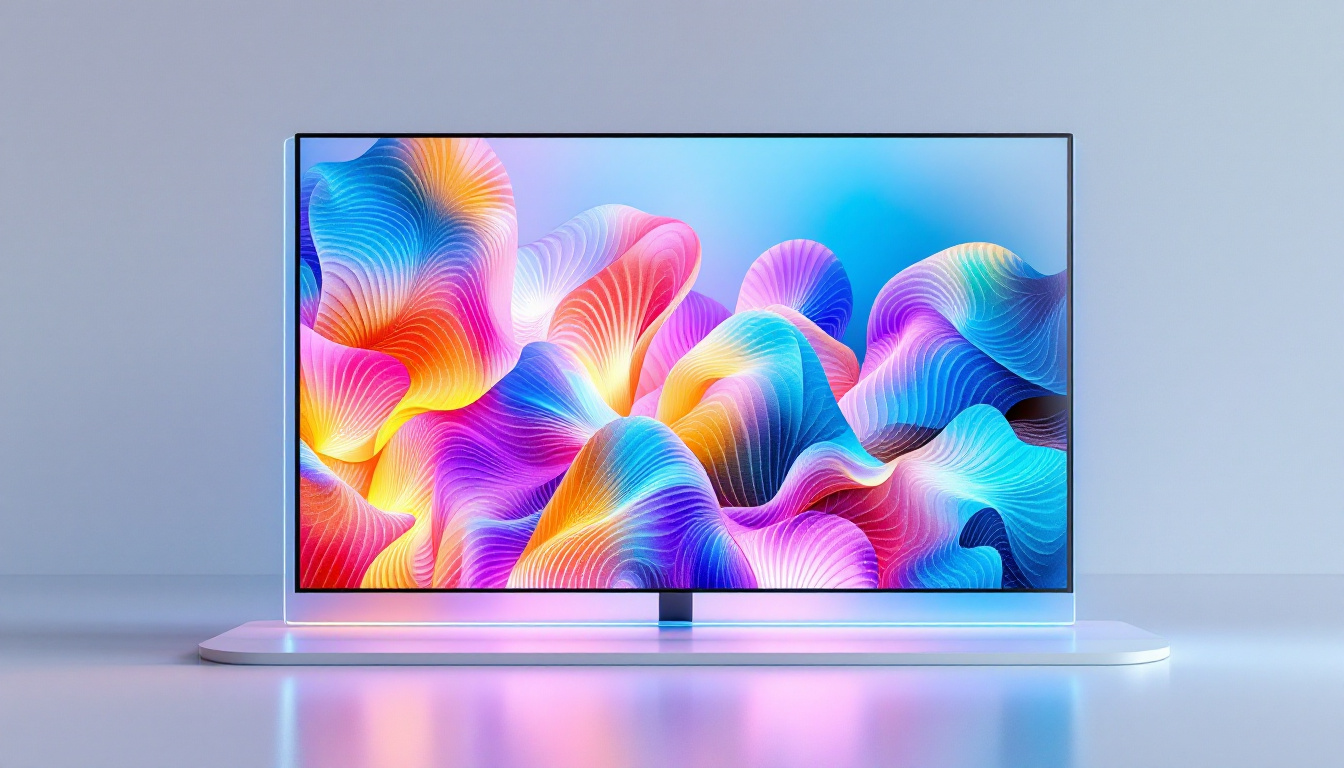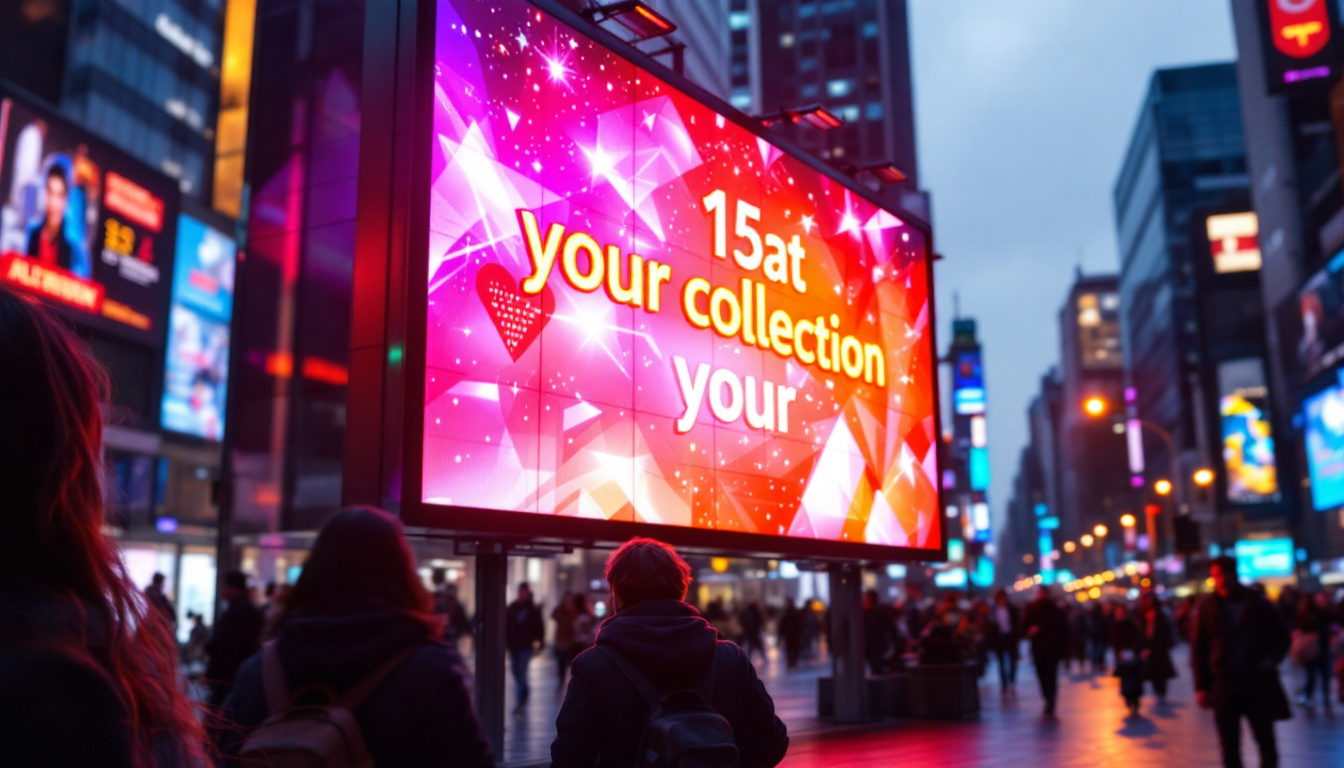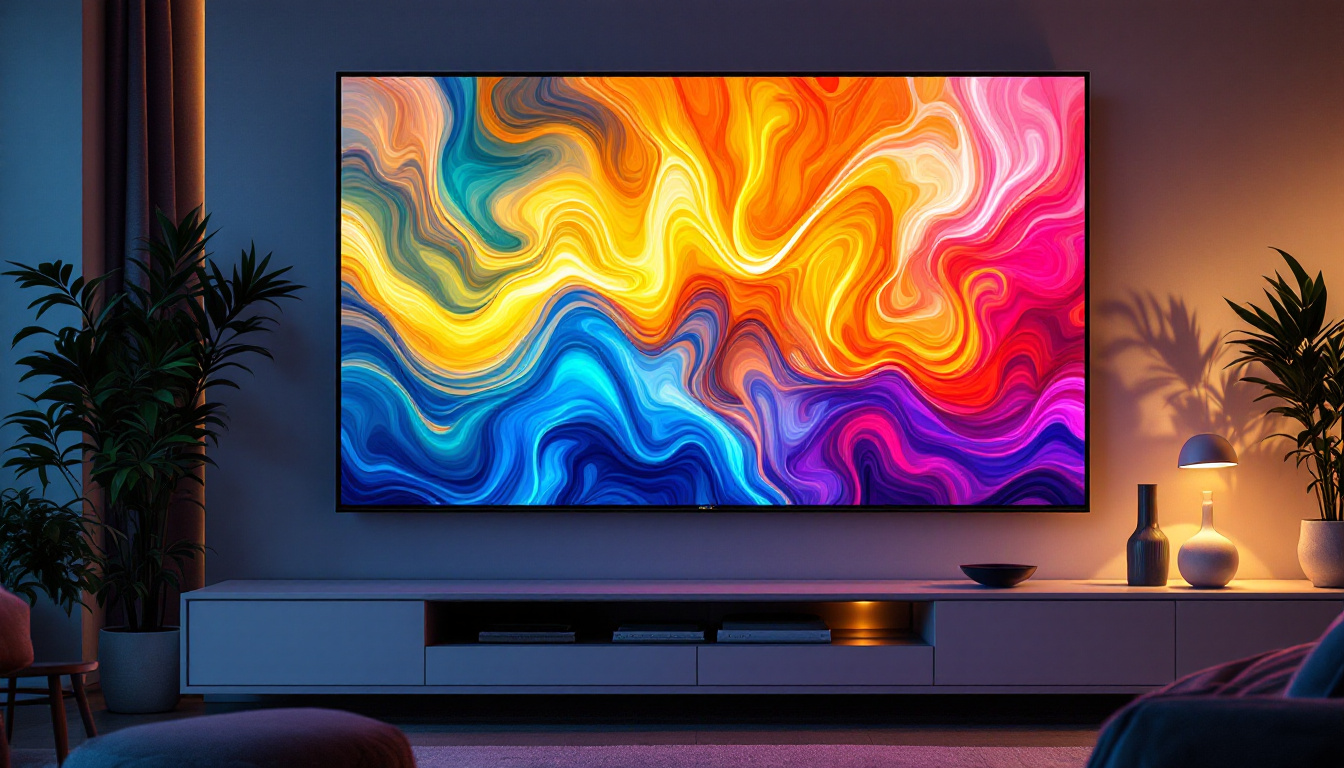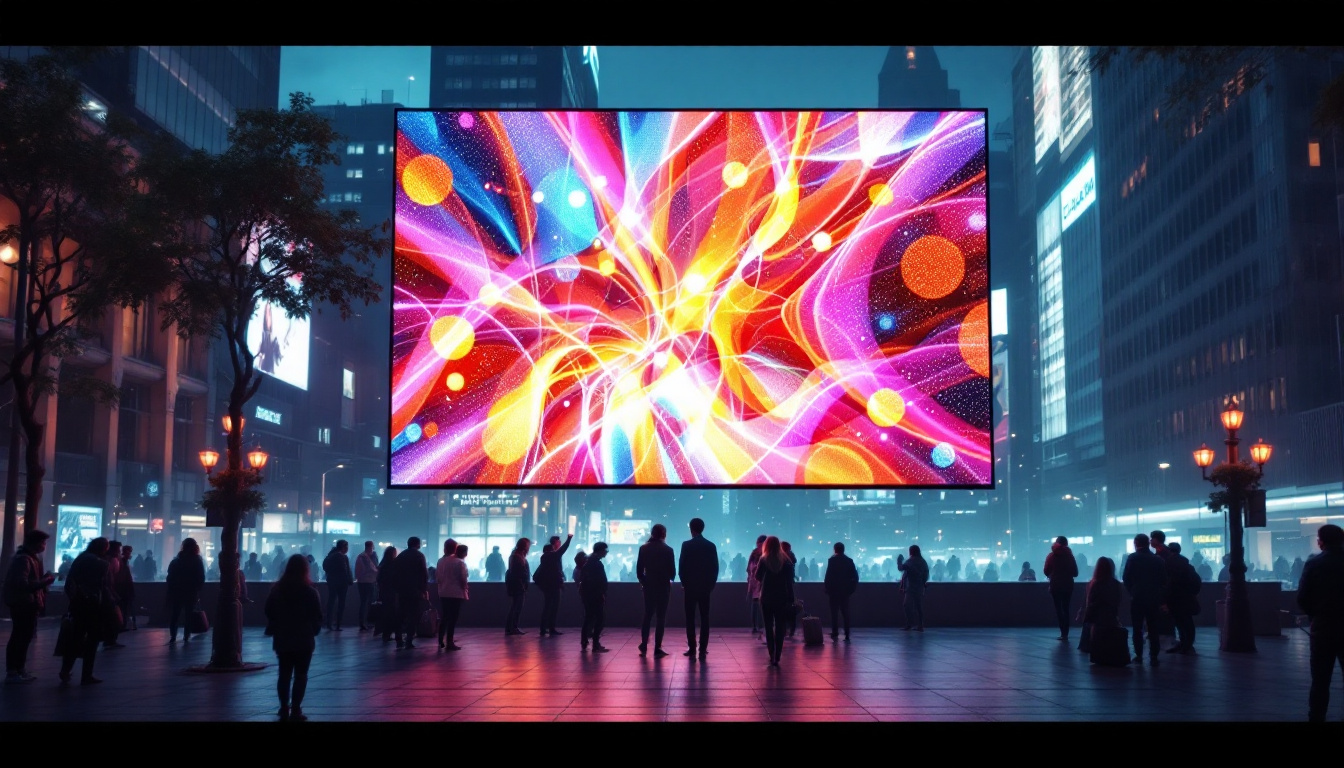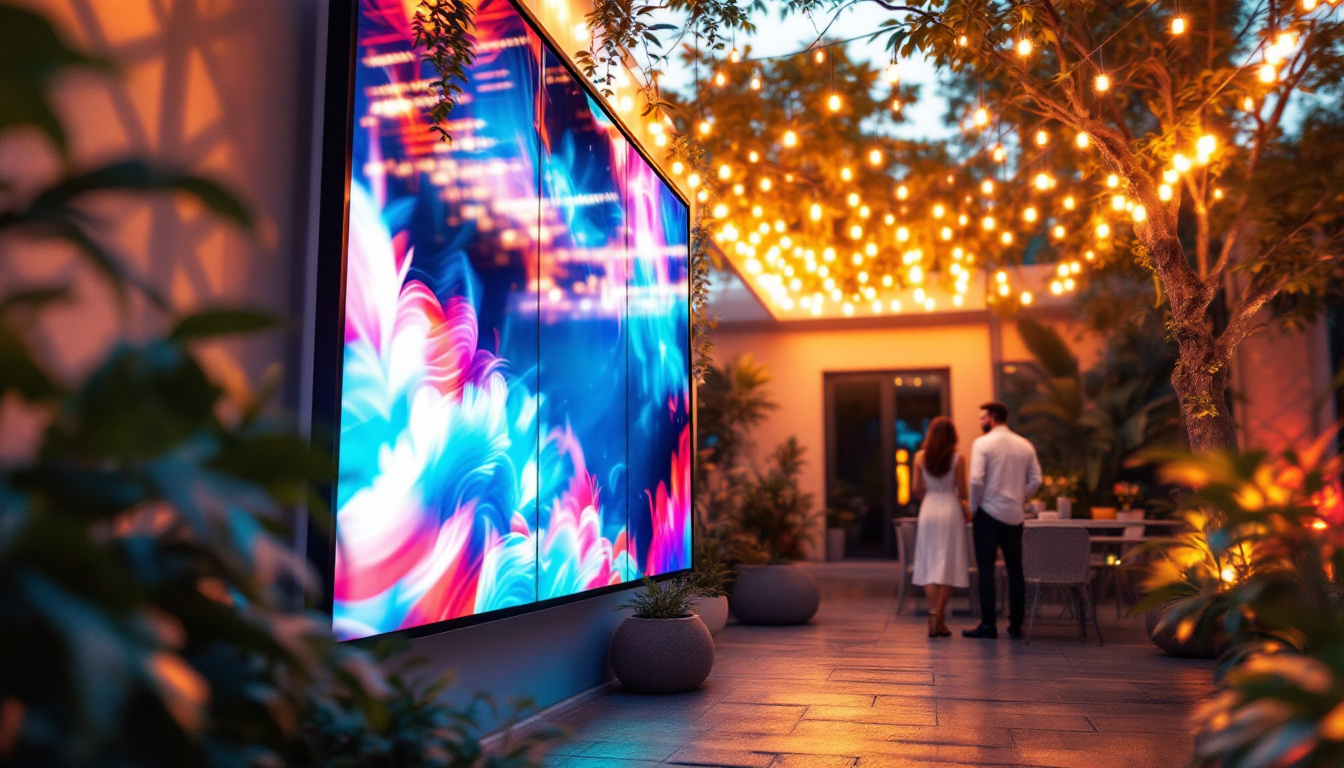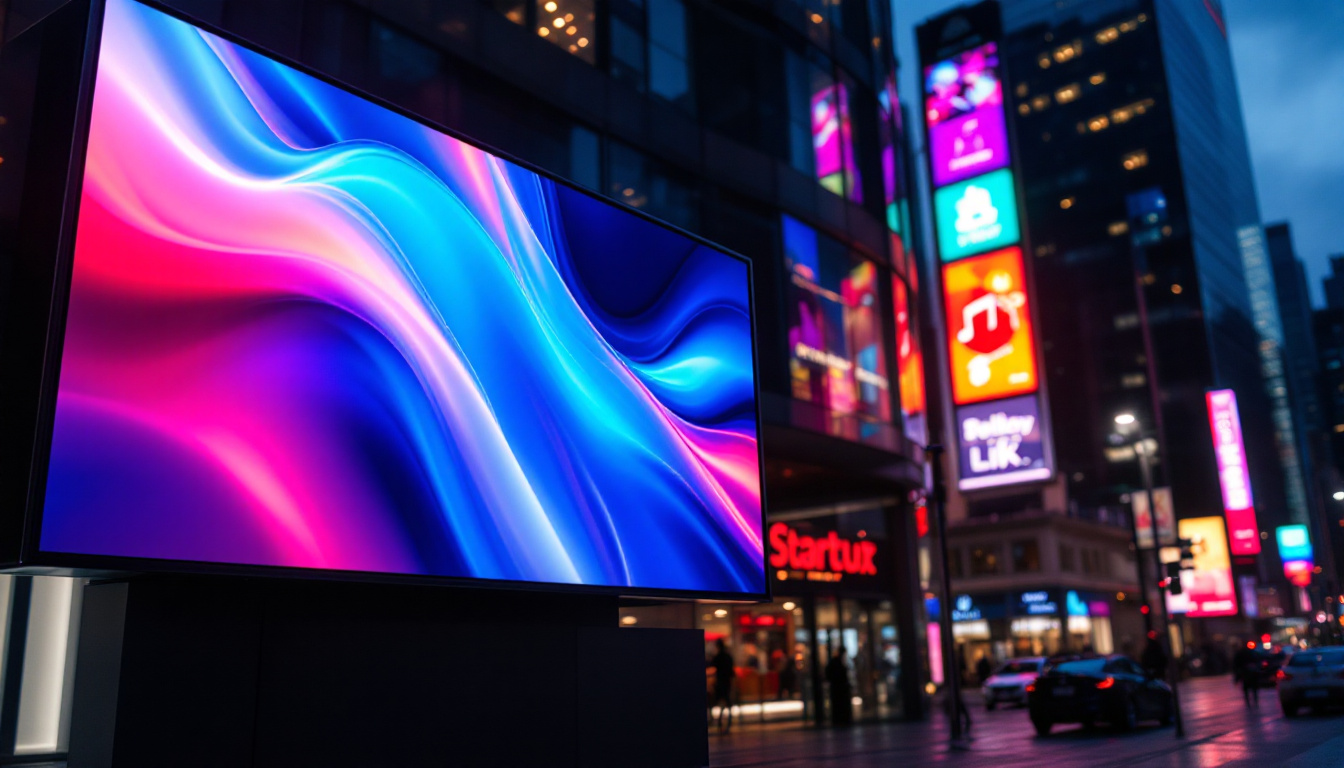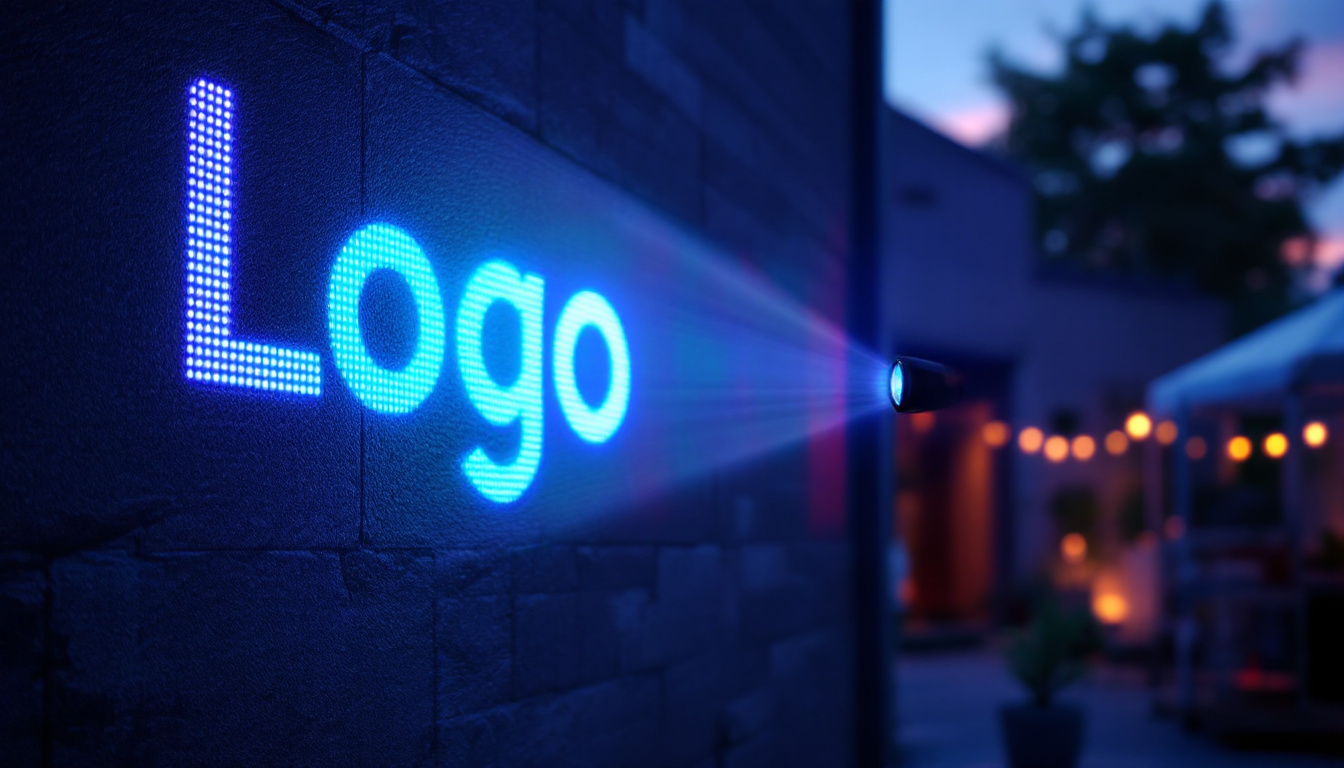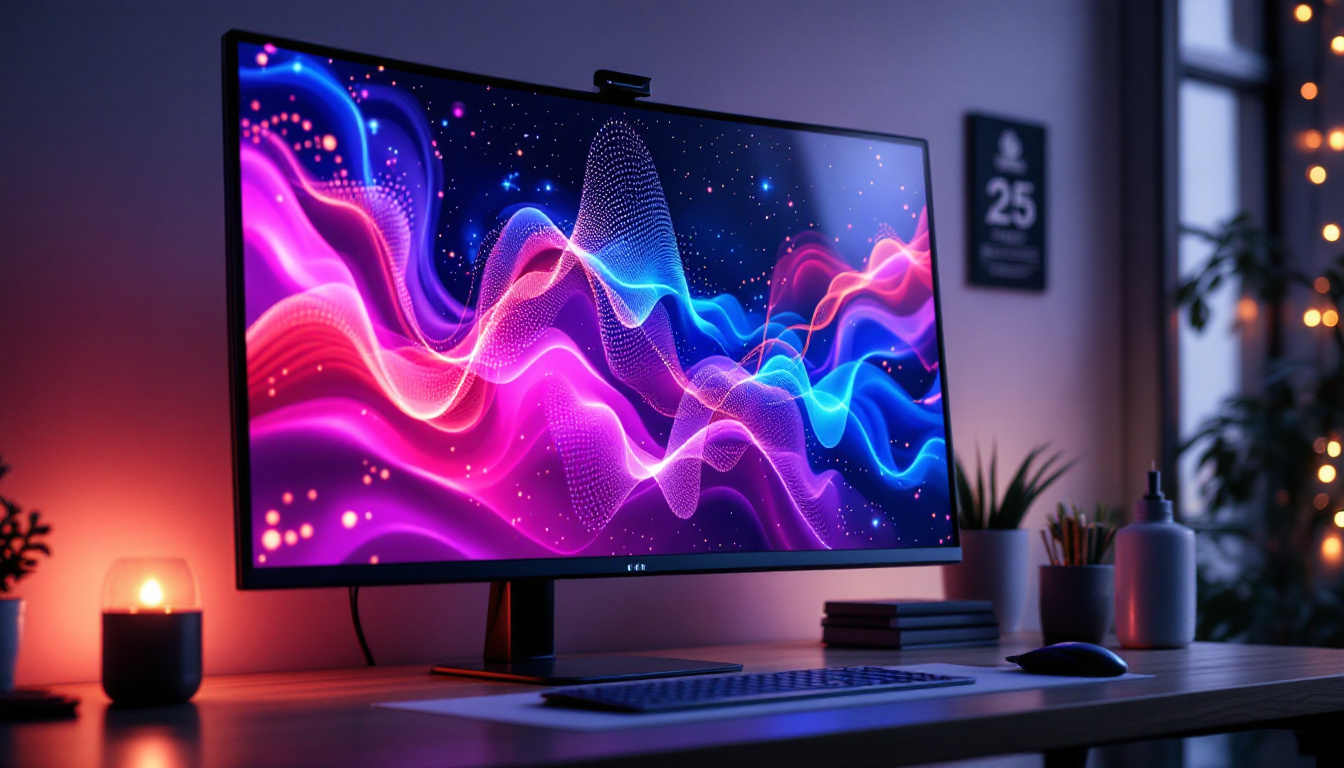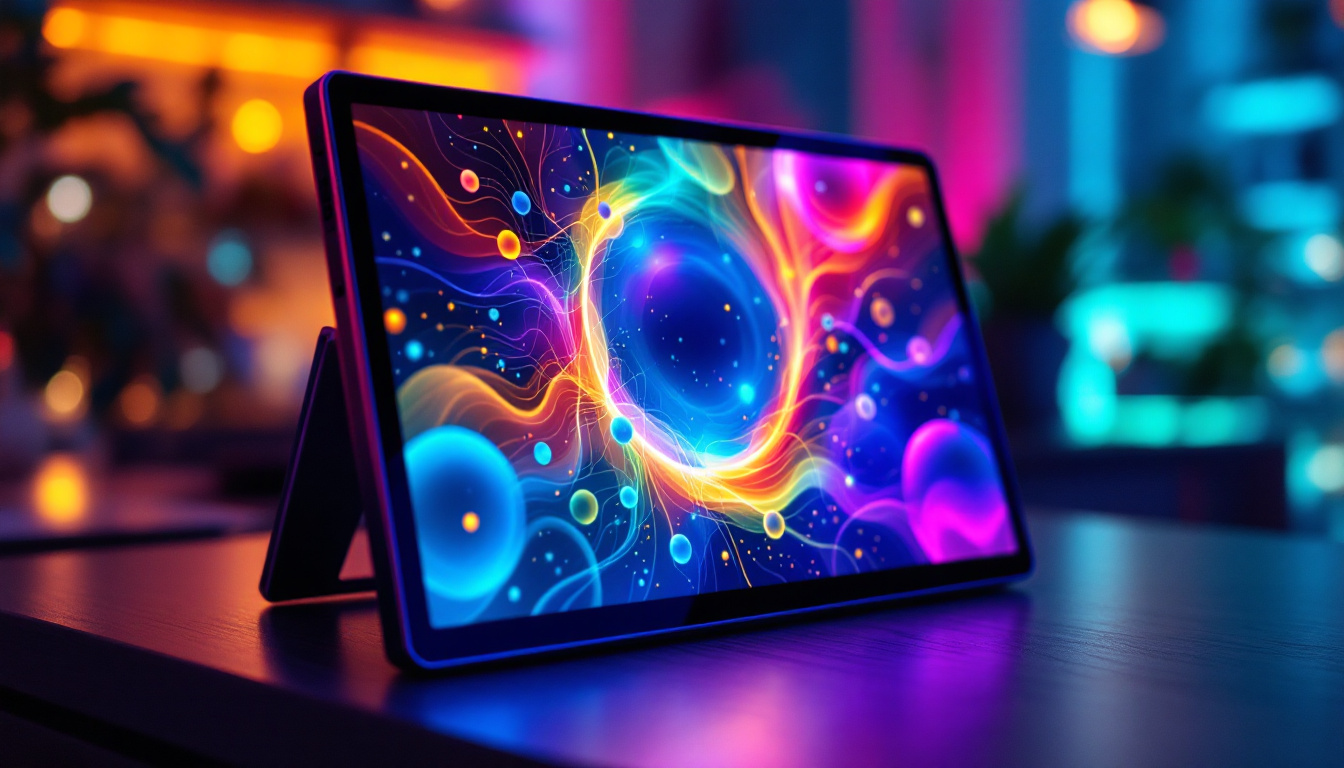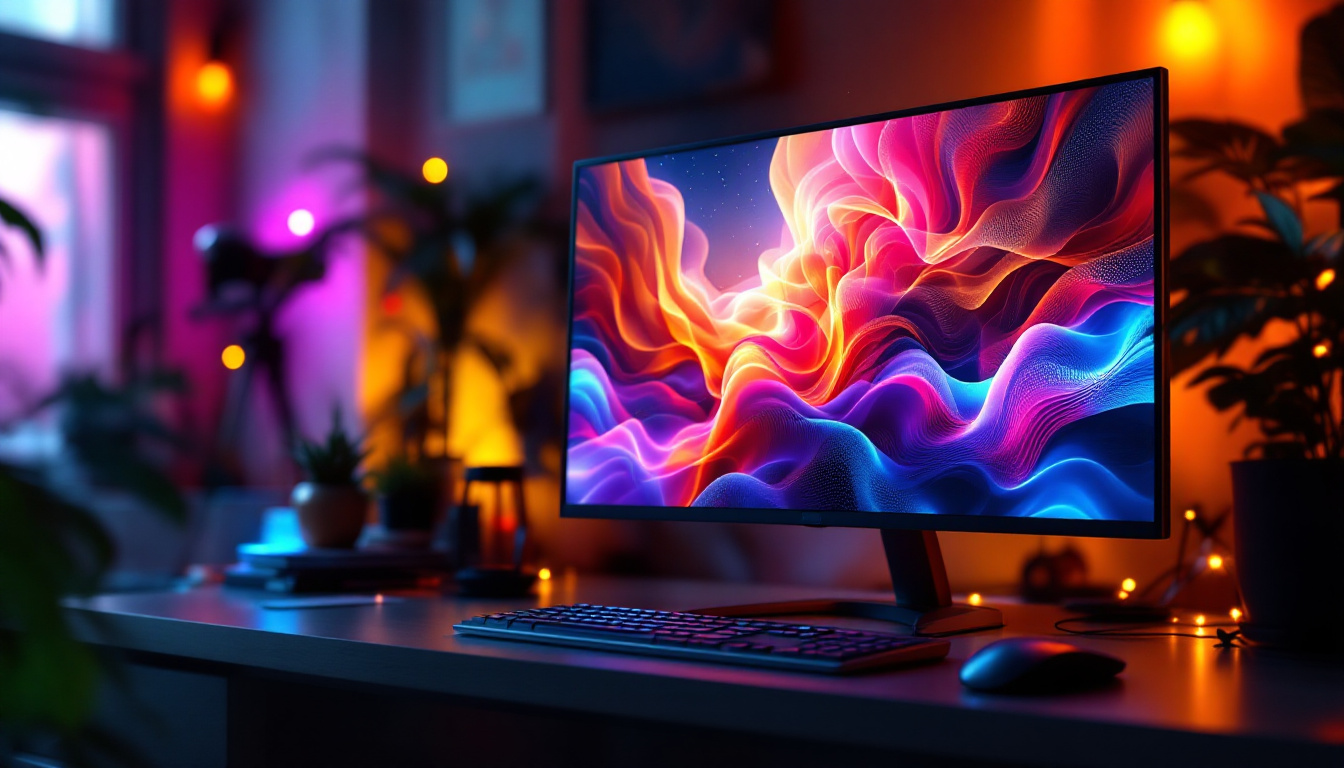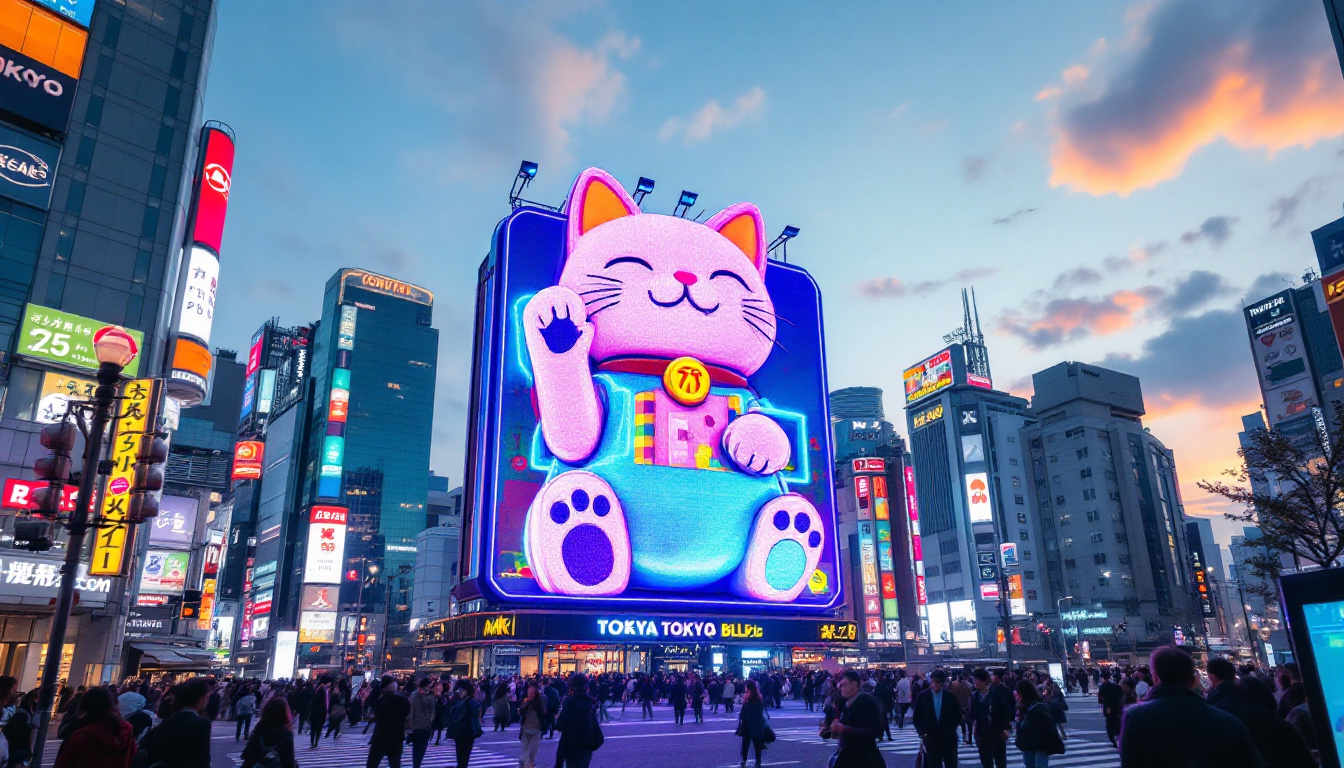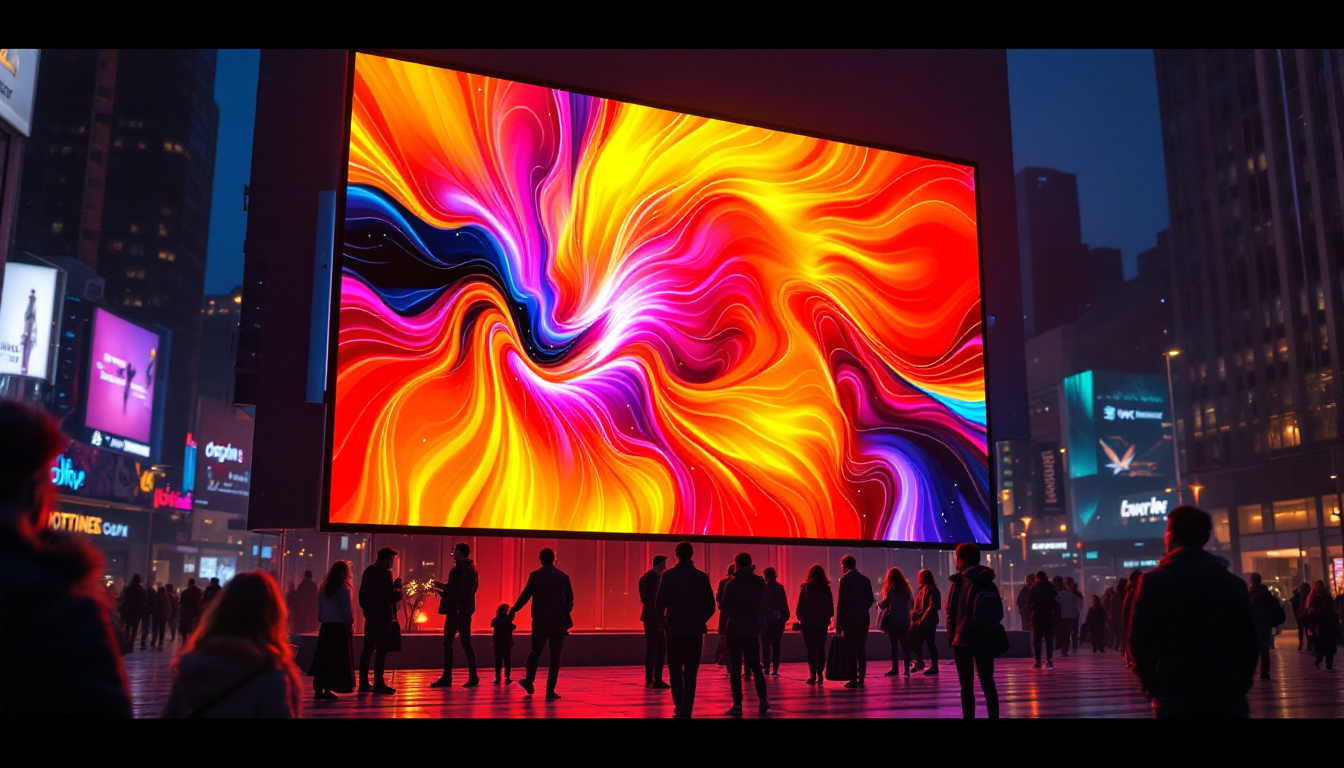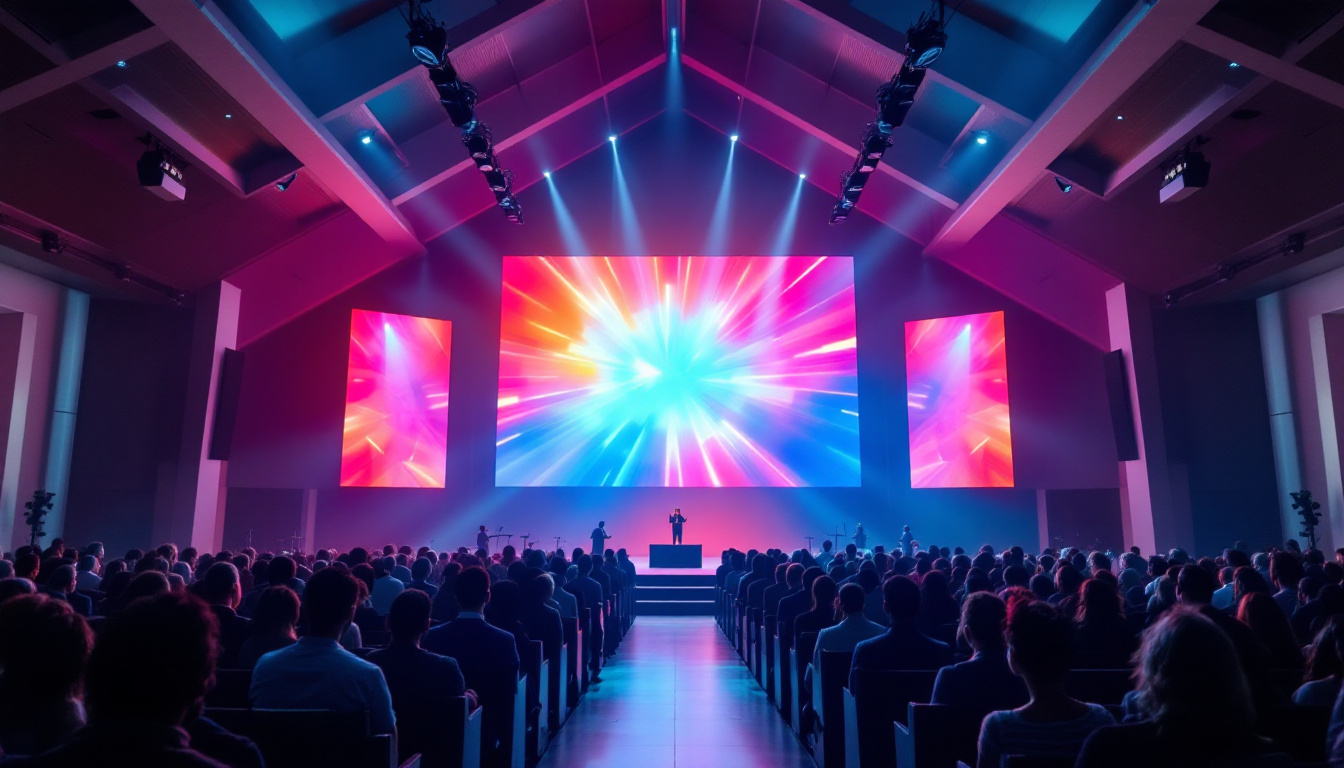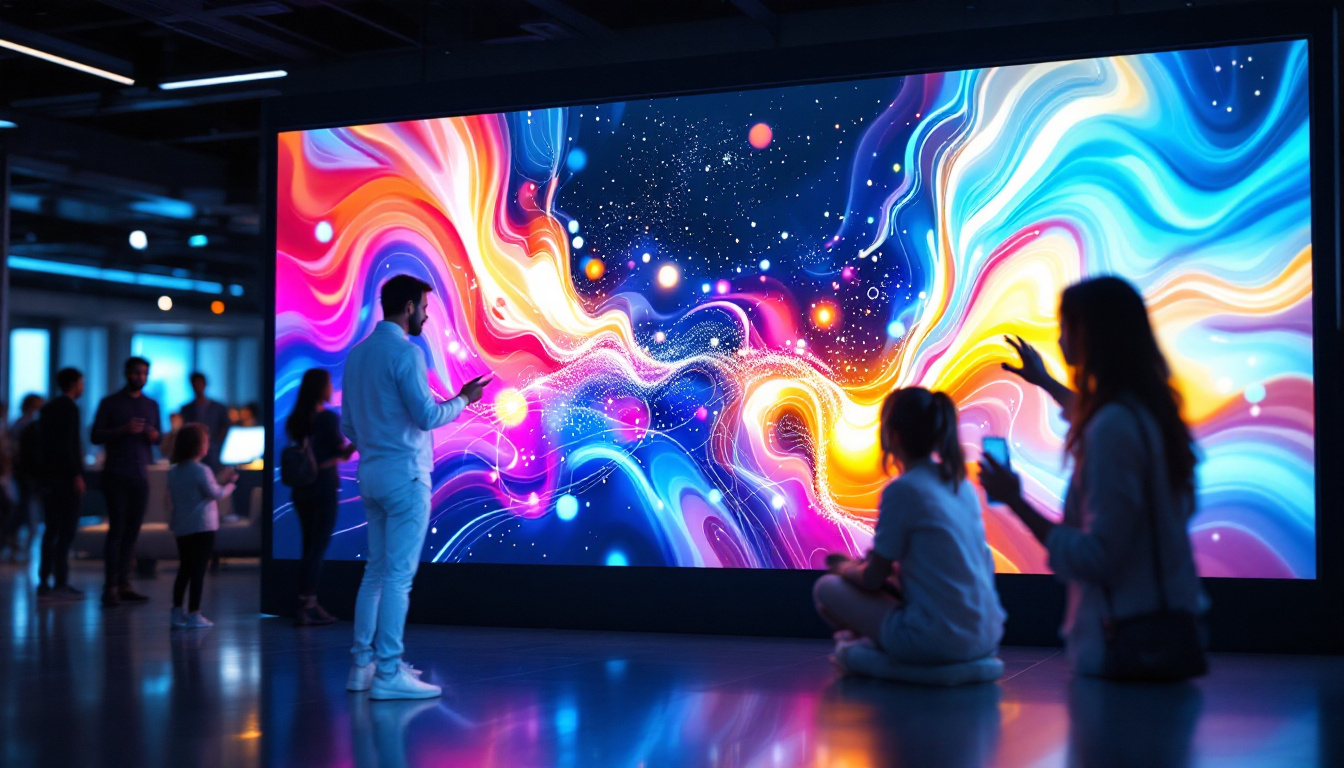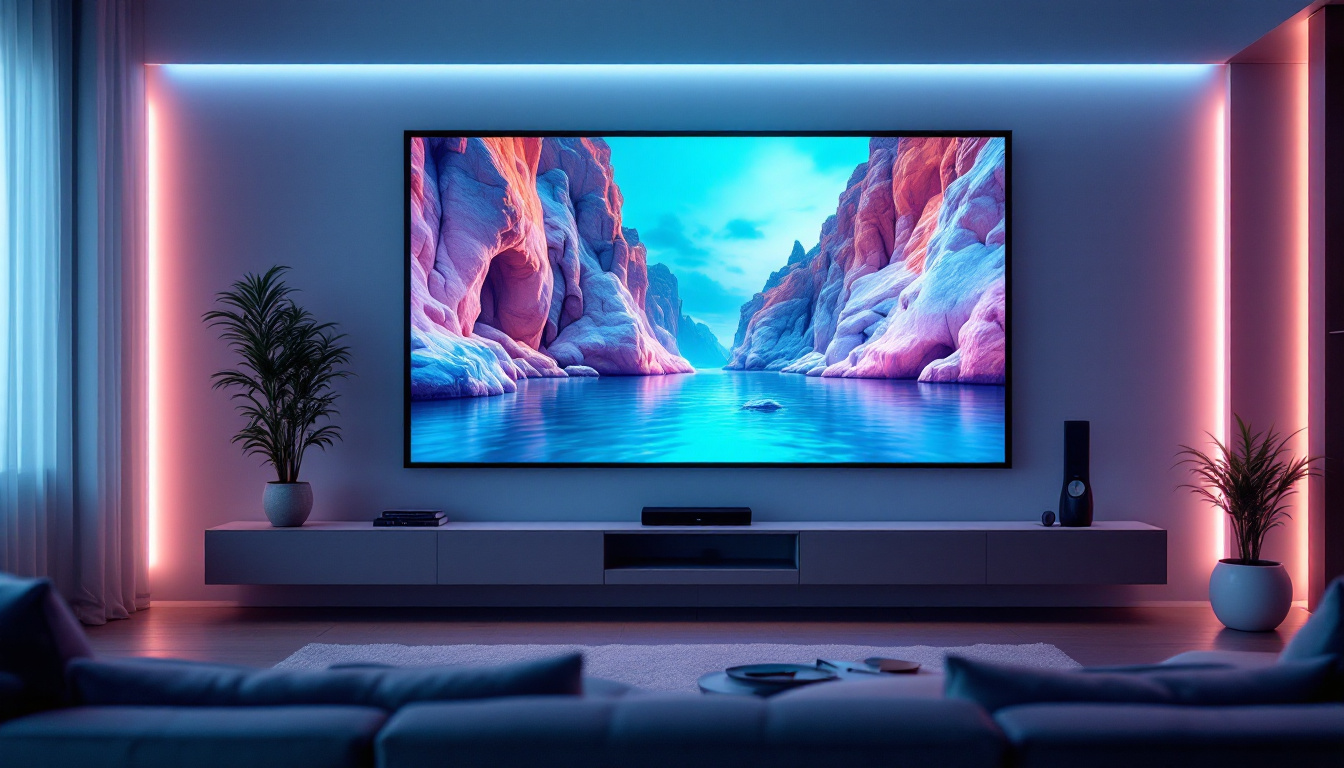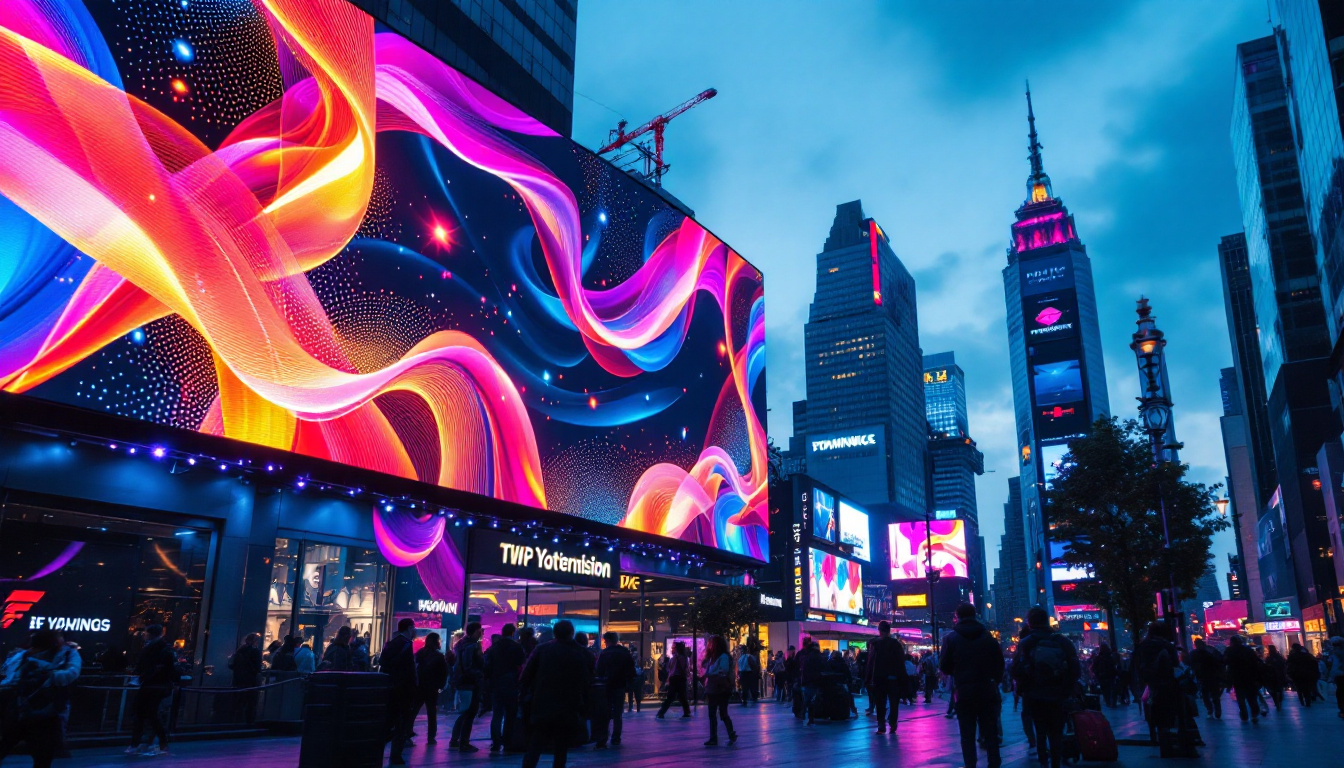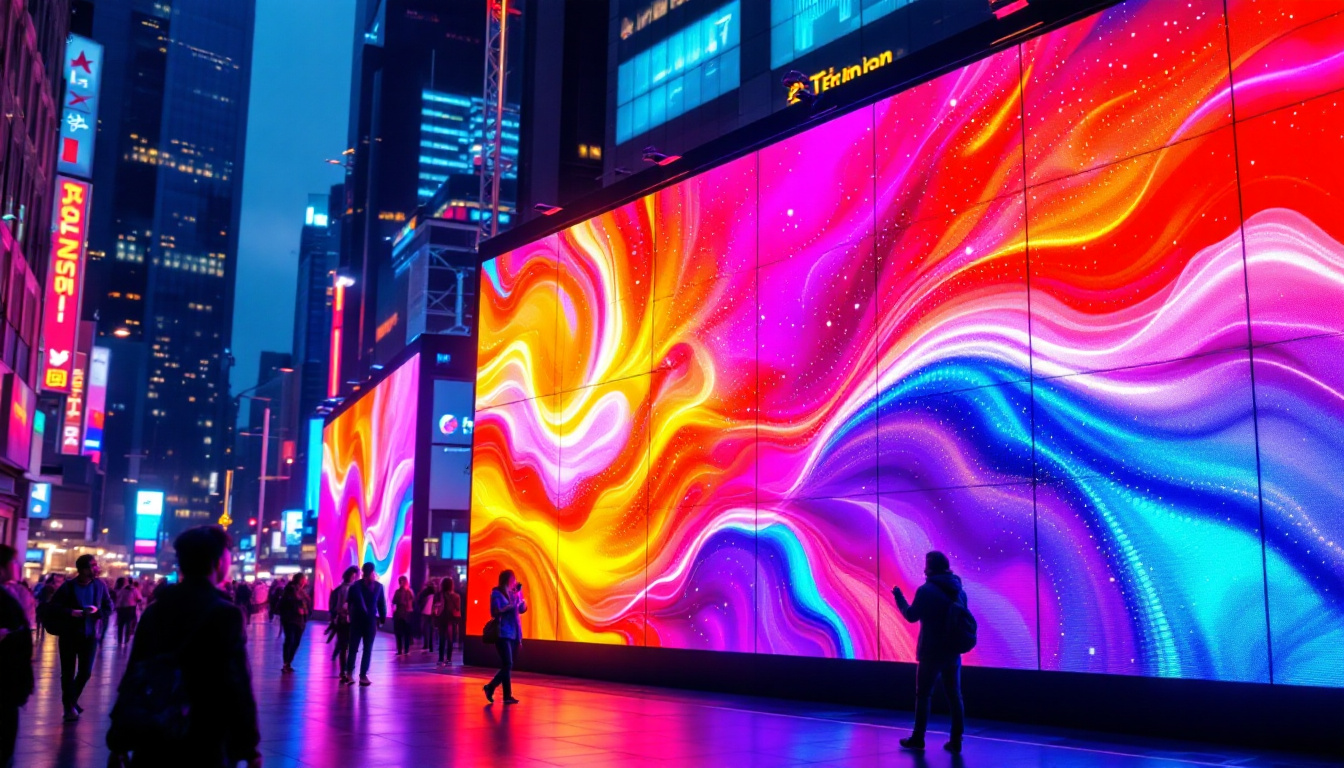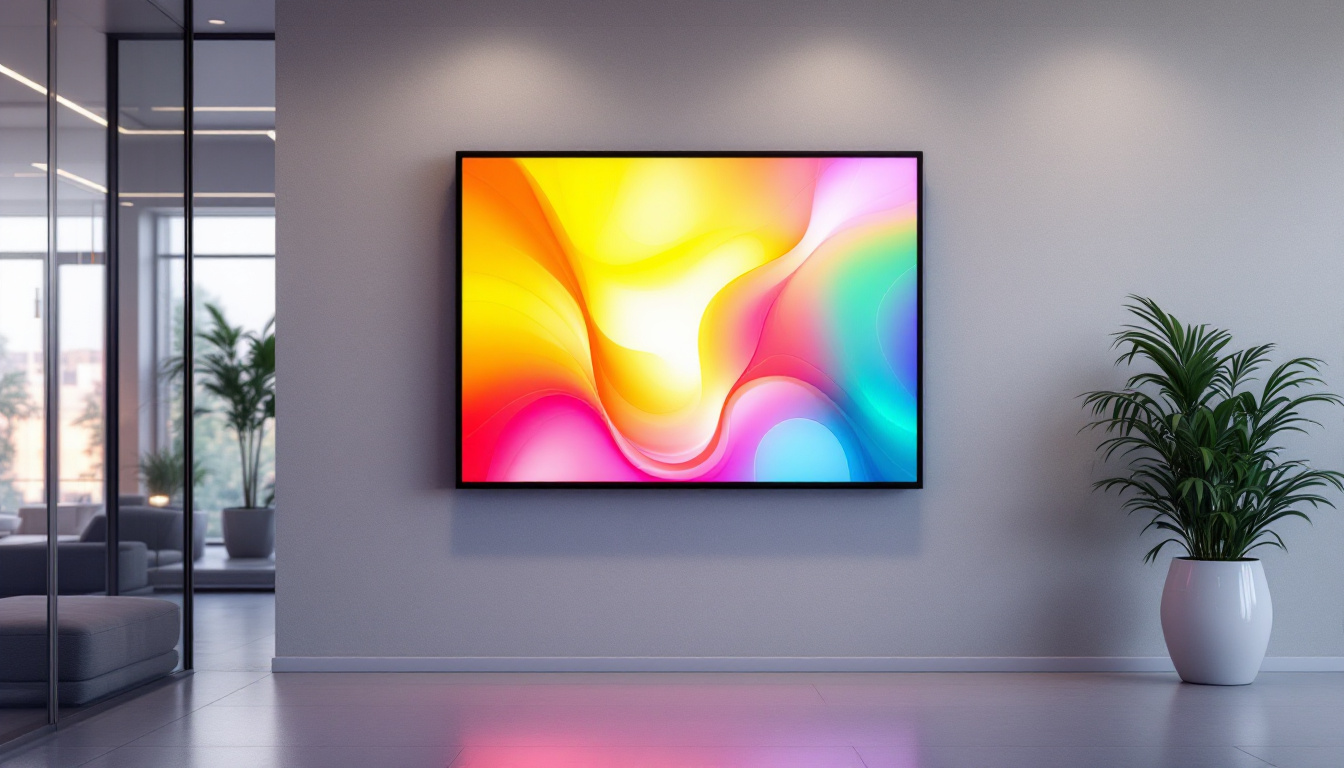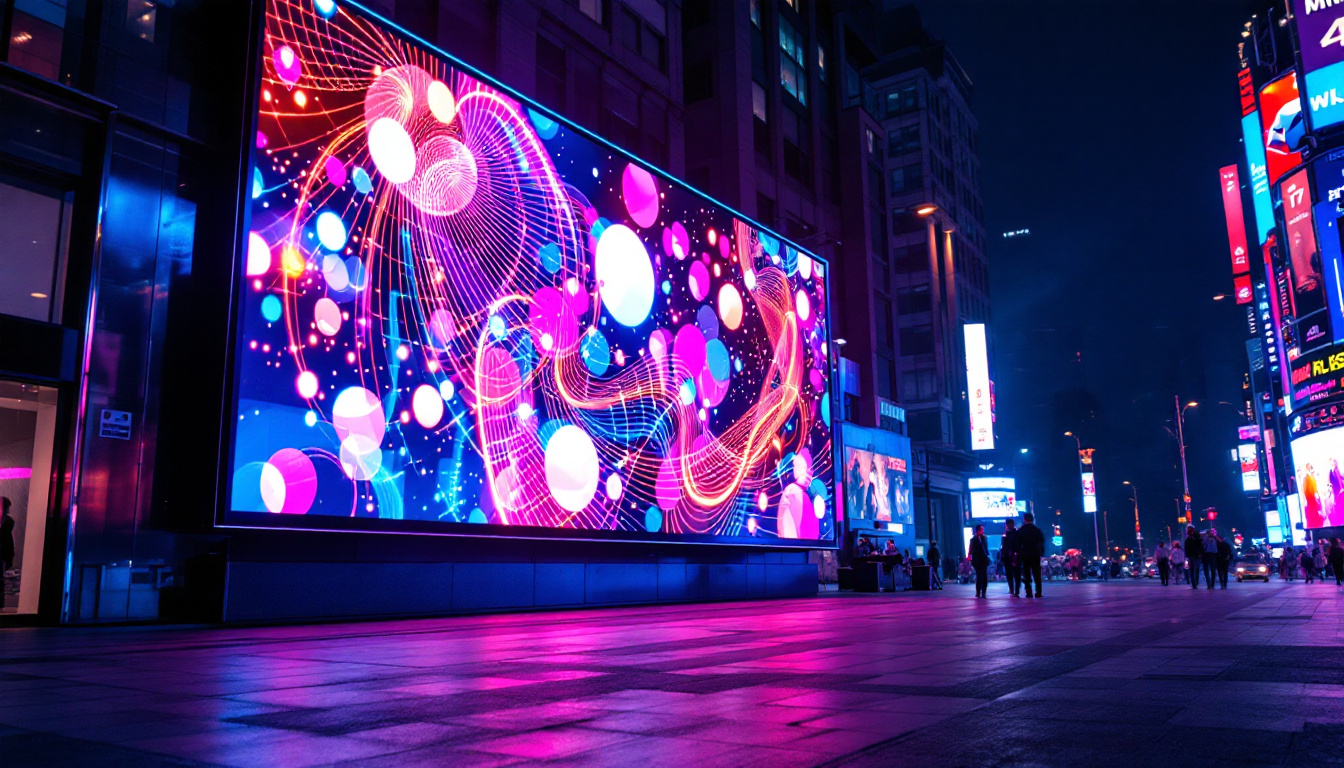In the modern world of advertising and communication, LED displays have emerged as a pivotal technology. Their ability to deliver vibrant visuals and dynamic content makes them a preferred choice for businesses looking to capture attention. This article delves into the intricacies of LED displays, exploring their types, benefits, and the wholesale market dynamics.
Understanding LED Displays
LED displays, or Light Emitting Diode displays, utilize semiconductor technology to produce light. They are known for their energy efficiency, longevity, and superior brightness compared to traditional display technologies. The versatility of LED displays allows them to be used in various applications, from large outdoor billboards to small indoor screens. Their ability to deliver vibrant colors and high contrast ratios makes them particularly appealing for advertising, entertainment, and information dissemination.
Moreover, the rapid advancement in LED technology has led to the development of features such as high dynamic range (HDR) and 4K resolution, which further enhance the visual experience. As a result, LED displays are becoming increasingly popular in settings ranging from sports arenas to art galleries, where clarity and detail are paramount.
Types of LED Displays
LED displays can be categorized into several types based on their application and technology. The most common types include:
- Outdoor LED Displays: These are designed to withstand harsh weather conditions and are typically used for advertising in public spaces. They often feature high brightness levels to ensure visibility in direct sunlight, making them ideal for busy urban environments.
- Indoor LED Displays: These displays are used in venues such as shopping malls, airports, and conference centers, offering high resolution for close viewing. Their ability to display detailed graphics and videos makes them a favorite for events and presentations.
- Transparent LED Displays: A relatively new innovation, these displays allow visibility through the screen while still showcasing content, ideal for retail environments. This technology enables brands to create immersive shopping experiences without obstructing the view of products behind the display.
How LED Displays Work
The fundamental working principle of LED displays involves the emission of light from diodes. Each pixel in an LED display is made up of red, green, and blue diodes, which can be combined in various intensities to create a full spectrum of colors. This RGB (Red, Green, Blue) configuration allows for the display of dynamic images and videos. The precision with which these colors can be mixed results in stunning visuals that can captivate audiences.
Control systems play a crucial role in managing the content displayed on LED screens. They can be programmed to show static images, videos, or even live feeds, making them highly adaptable for different marketing strategies. Additionally, advanced software solutions allow for real-time content updates and remote management, enabling businesses to tailor their messaging based on audience engagement and time of day. This level of flexibility not only enhances the effectiveness of advertising campaigns but also allows for interactive experiences that can engage viewers on a deeper level.
The Advantages of LED Displays
LED displays offer numerous advantages that make them a popular choice for businesses and advertisers. Understanding these benefits can help in making informed decisions when considering LED technology.
Energy Efficiency
One of the standout features of LED displays is their energy efficiency. Compared to traditional lighting methods, LEDs consume significantly less power, which translates to lower operational costs. This efficiency not only benefits the environment but also enhances the return on investment for businesses. Furthermore, the reduced energy consumption contributes to a smaller carbon footprint, making LED displays a more sustainable option. Many companies are now prioritizing eco-friendly practices, and opting for LED technology aligns perfectly with these goals.
High Brightness and Visibility
LED displays are known for their exceptional brightness, making them easily visible in various lighting conditions. This characteristic is particularly advantageous for outdoor applications where sunlight can diminish the visibility of other display types. The high contrast ratio of LED screens ensures that content remains vibrant and eye-catching. Additionally, the ability to adjust brightness levels allows for optimal viewing experiences at different times of the day, ensuring that messages are communicated effectively regardless of environmental conditions. This adaptability makes LED displays ideal for dynamic advertising campaigns that require flexibility and responsiveness to changing light conditions.
Longevity and Durability
LED technology is renowned for its durability. Unlike traditional displays, which may suffer from burn-in or require frequent replacements, LED displays can last for many years with minimal maintenance. This longevity is especially beneficial for businesses that rely on continuous operation. Moreover, LED displays are resistant to shock and vibration, making them suitable for a variety of settings, from bustling urban environments to high-traffic retail locations. The robust nature of these displays means that they can withstand the rigors of daily use, reducing the need for costly repairs or replacements over time. This reliability ensures that businesses can maintain a consistent presence without the interruptions that come with less durable display technologies.
The Wholesale Market for LED Displays
The wholesale market for LED displays has seen significant growth in recent years. As more businesses recognize the value of LED technology, the demand for wholesale suppliers has surged. Understanding the dynamics of this market is essential for both buyers and sellers.
Key Players in the Wholesale Market
The LED display wholesale market is populated by various manufacturers and distributors. These players range from large-scale manufacturers who produce high volumes of displays to smaller companies that specialize in niche markets. Identifying reputable suppliers is crucial for ensuring quality and reliability. Some of the most prominent manufacturers have established a strong presence not only through their innovative products but also by providing exceptional customer service and support. This has allowed them to build long-lasting relationships with retailers and businesses, ensuring a steady flow of orders and a loyal customer base.
Factors Influencing Wholesale Prices
Several factors can influence the pricing of LED displays in the wholesale market. These include:
- Production Costs: The cost of materials and manufacturing processes can significantly impact wholesale prices.
- Technology Advancements: As technology evolves, newer models may be introduced, affecting the pricing of existing inventory.
- Market Demand: Fluctuations in demand can lead to price changes, especially during peak seasons or major events.
Additionally, global economic conditions can play a pivotal role in shaping the wholesale market landscape. For instance, trade tariffs and international shipping costs can create variability in pricing structures, making it essential for buyers to stay informed about geopolitical developments. Furthermore, the rise of e-commerce has transformed the way businesses source LED displays, allowing for greater price transparency and competition among suppliers. This digital shift not only enhances access to a wider range of products but also encourages suppliers to improve their offerings to attract discerning buyers.
Moreover, the environmental impact of LED technology cannot be overlooked. As sustainability becomes a priority for many organizations, the demand for energy-efficient and eco-friendly LED displays is on the rise. This trend is prompting manufacturers to innovate and produce displays that not only meet high performance standards but also adhere to environmental regulations. Consequently, suppliers who can demonstrate a commitment to sustainable practices may find themselves at a competitive advantage in the wholesale market, appealing to businesses that prioritize corporate social responsibility.
Choosing the Right LED Display for Your Needs
Selecting the appropriate LED display requires careful consideration of various factors. Businesses must evaluate their specific needs and how an LED display can meet them.
Assessing Your Requirements
Before purchasing an LED display, it is essential to assess the intended application. Factors such as location, audience size, and content type will influence the choice of display. For instance, a high-resolution indoor display may be ideal for a conference center, while a robust outdoor display is better suited for billboards.
Understanding Resolution and Pixel Pitch
Resolution and pixel pitch are critical specifications to consider when selecting an LED display. Resolution refers to the number of pixels in the display, while pixel pitch indicates the distance between pixels. A smaller pixel pitch typically results in a higher resolution, making it suitable for close viewing distances.
Installation and Maintenance of LED Displays
Proper installation and maintenance are vital for ensuring the longevity and performance of LED displays. Understanding the best practices in these areas can help businesses maximize their investment.
Installation Considerations
When installing an LED display, several factors must be taken into account. These include the structural integrity of the mounting surface, electrical requirements, and environmental factors such as sunlight exposure. Engaging professional installers with experience in LED technology can help ensure a successful installation.
Routine Maintenance and Care
Routine maintenance is essential for keeping LED displays in optimal condition. Regular cleaning, software updates, and inspections can prevent issues and extend the lifespan of the display. Additionally, having a maintenance plan in place can minimize downtime and ensure consistent performance.
Future Trends in LED Display Technology
The LED display industry is continuously evolving, with new technologies and trends emerging regularly. Staying informed about these developments can provide businesses with a competitive edge.
Advancements in Display Technology
Innovations such as MicroLED and MiniLED technologies are paving the way for even more advanced LED displays. These technologies offer improved color accuracy, contrast ratios, and energy efficiency, making them attractive options for future applications.
Integration with Smart Technology
The integration of LED displays with smart technology is another trend gaining traction. Features such as IoT connectivity and AI-driven content management systems allow for more dynamic and targeted advertising, enhancing the overall effectiveness of LED displays.
Conclusion
LED displays have revolutionized the way businesses communicate and advertise. Their energy efficiency, durability, and versatility make them an excellent investment for a wide range of applications. As the wholesale market for LED displays continues to grow, understanding the various factors influencing this market can help businesses make informed purchasing decisions.
By assessing specific needs, choosing the right display, and staying abreast of technological advancements, businesses can leverage LED displays to enhance their visibility and engagement. As the future unfolds, LED technology will undoubtedly continue to play a significant role in shaping the landscape of advertising and communication.
Discover Cutting-Edge LED Display Solutions with LumenMatrix
Ready to transform your advertising and communication strategy with the latest in LED display technology? LumenMatrix is at the forefront of innovation, offering a diverse range of LED display modules tailored to your unique needs. From Indoor and Outdoor LED Wall Displays to specialized solutions like Vehicle, Sports, and Floor LED Displays, we have the tools to make your brand shine. Embrace the future with our Custom, All-in-One, and Transparent LED Displays, designed to captivate your audience and deliver your message with unparalleled clarity. Check out LumenMatrix LED Display Solutions today and see how we can help you create unforgettable visual experiences.

